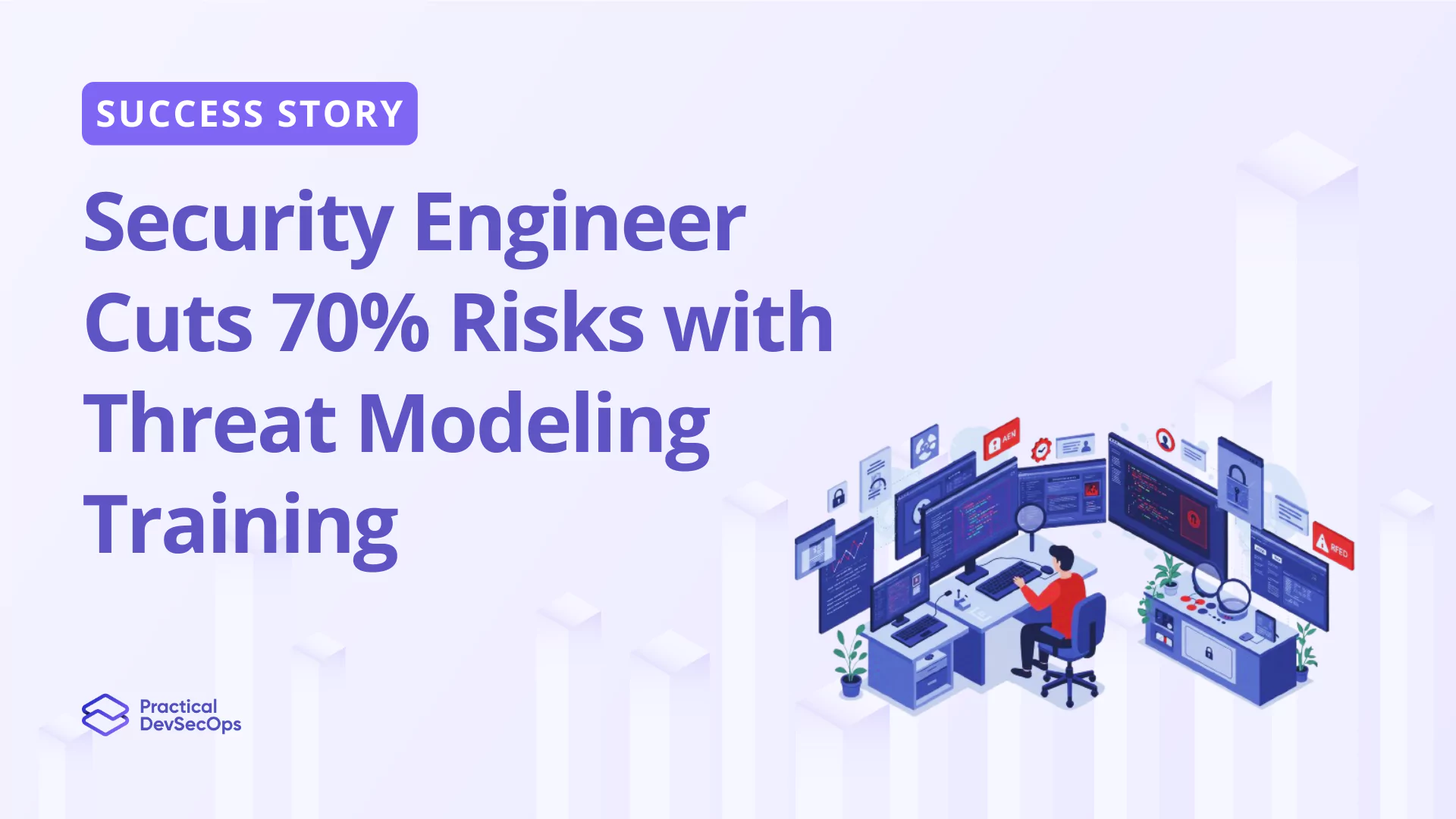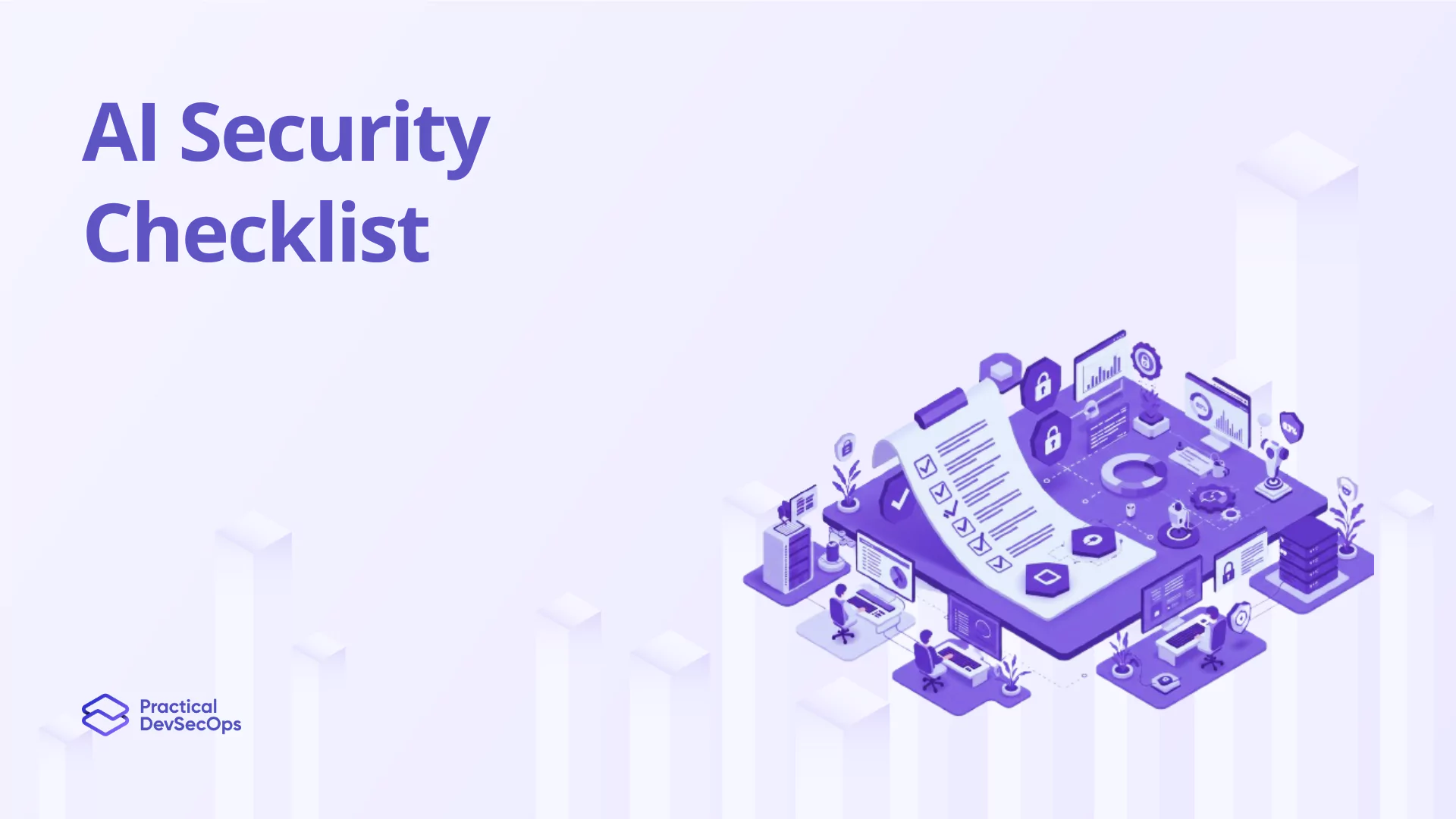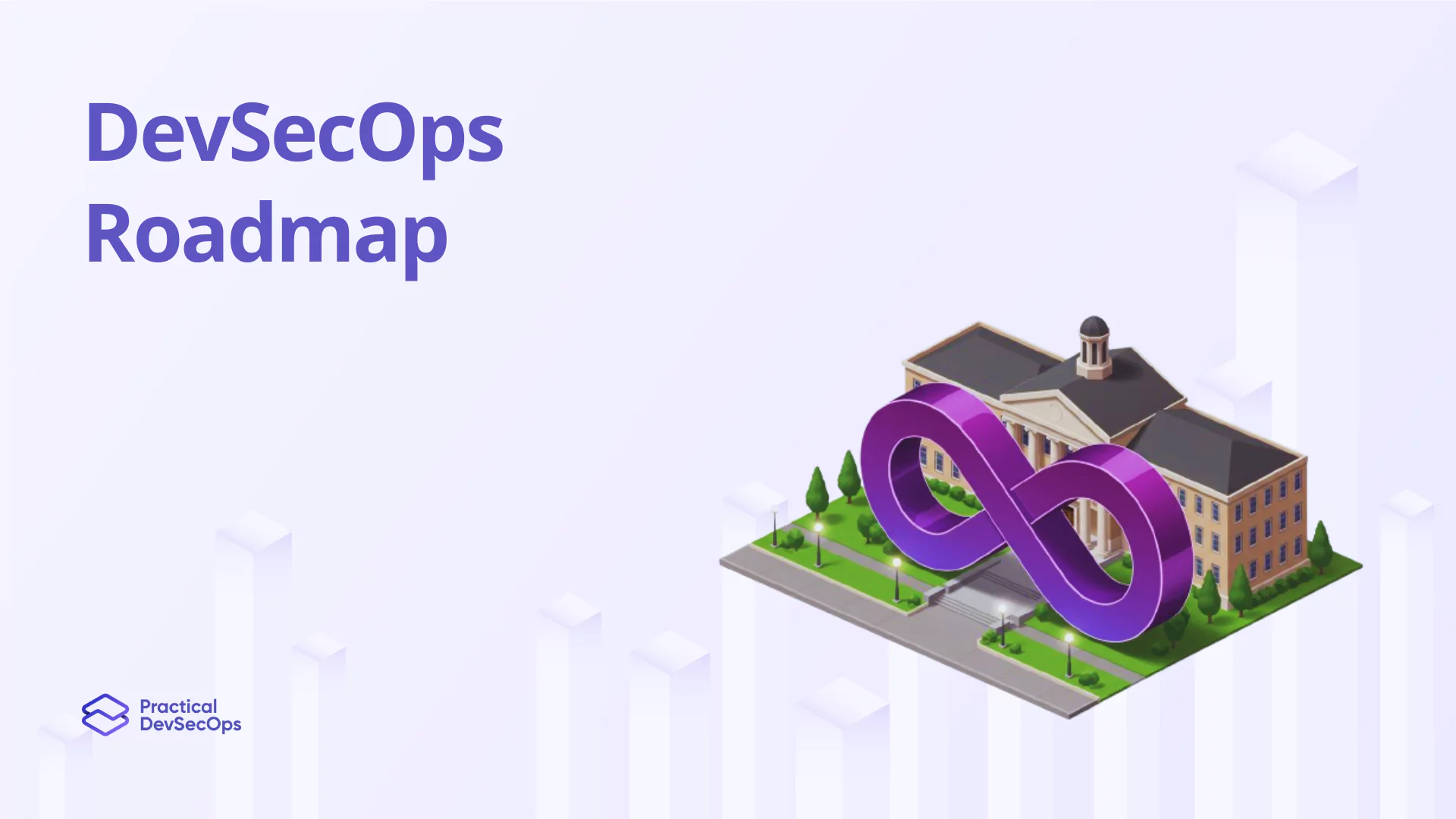Kubernetes is an open-source container orchestration system widely used in production environments. However, like any other technology, Kubernetes presents its own security challenges that must be addressed to ensure your clusters are secure. In this article, we’ll discuss some best practices that can help you improve the security of your Kubernetes clusters.
Kubernetes Security Best Practices in 2025
1. Limit Access to Kubernetes API
Limiting access to the Kubernetes API is a key step in securing your Kubernetes clusters. Only authorized users should be able to access the API server, and they should be authenticated and authorized using role-based access control (RBAC).
Also Read, 5 Best Kubernetes Authentication Methods
2. Use Network Segmentation
Limiting access to Kubernetes API is not sufficient alone. It is also important to segment your network to prevent unauthorized access to the cluster. You should use network security groups, firewalls, and other security mechanisms to control access to the Kubernetes control plane and worker nodes.
3. Use RBAC
Role-based access control (RBAC) is a built-in security feature of Kubernetes that helps you to control access to Kubernetes resources. You should use RBAC to define roles and permissions for different users and groups.
4. Secure Kubernetes Secrets
Kubernetes secrets are sensitive information like API keys or passwords. They need to be stored and transmitted securely. You should ensure that your secrets are encrypted at rest and in transit. Also, avoid embedding secrets into the container images, as an attacker can easily access them.
Also Read, Kubernetes Secrets Security Issues
5. Update Kubernetes Regularly
Kubernetes is a rapidly evolving technology with active development. Keeping your cluster up-to-date with the latest security patches and updates is essential. Schedule regular updates and apply them as soon as they are released.
Also Read, Best Practices for Kubernetes Security Monitoring
6. Use Network Policies
Network policies allow you to secure network traffic between Pods in Kubernetes. You can use them to control inbound and outbound network traffic to a Pod or a set of Pods.
Also Read, Kubernetes Pod Security Policies
7. Implement Logging and Monitoring
Kubernetes logging can help you detect and investigate security breaches. Implement logging and monitoring mechanisms to detect any unusual activity in your Kubernetes cluster.
Also Read, Why Should You Learn Kubernetes Security
8. Harden Your Worker Nodes
Harden your worker nodes by removing unnecessary services and applications and reducing attack surface area. Limit access to sensitive directories, such as /proc, and ensure your worker nodes have the latest security patches and updates.
Also Read, Best Kubernetes Security Certifications
9. Backup and Recovery Plan
Have a backup and recovery plan to reduce downtime and data loss in case of a security incident. Test the plan regularly to ensure its effectiveness.
Also Read, Kubernetes Cluster Security Best Practices
Kubernetes Container Security Best Practices:
By incorporating Kubernetes container security best practices, you can enhance the resilience of your containerized applications and reduce the risk of security incidents.
10. Use Container Runtime Security
Use secure container runtimes, like Docker, that incorporate advanced security mechanisms like seccomp and AppArmor. These will help you prevent container breakout attacks.
Also, Get to Know about Best Kubernetes Books
11. Implement Image Scanning
Scan the container images for vulnerabilities before deploying them in your cluster. Use an image scanner capable of detecting vulnerabilities and malware in your container images is another K8s security best practices you can use
Also Read, Guide for Kubernetes Vulnerability Scanning
12. Minimize the Use of Privileged Containers
Use non-privileged containers wherever possible, as privileged containers are more prone to attacks. Grant privileged access only to authorized users and ensure they are adequately trained.
Also Read, Best Practices for Securing Containers in 2025
Also Read, Best Tools for Kubernetes Security
Kubernetes Security Skills
Gain essential skills for robust Kubernetes security, focusing on cluster architecture, API security, and implementing security controls like RBAC and network policies. Mastering these skills ensures you can effectively safeguard your Kubernetes environment against potential threats.
Kubernetes Security Training
Explore structured learning paths through industry-recognized Kubernetes security training programs. These courses are designed to deepen your understanding of security features and best practices, empowering you to manage and secure Kubernetes clusters professionally.
Hands-on Kubernetes Security Training
Engage in hands-on Kubernetes security training to apply theoretical knowledge in real-world scenarios. These practical experiences are crucial for understanding the dynamics of Kubernetes security and effectively implementing learned strategies in actual environments.
Benefits of Kubernetes Security Certification
Achieving a Kubernetes security certification enhances your job prospects and credibility. It validates your expertise in securing Kubernetes environments, making you a valuable asset to any team focusing on maintaining robust security standards.
Kubernetes Security Specialist
The role of a Kubernetes Security Specialist involves deep expertise in safeguarding Kubernetes environments. Responsibilities include implementing advanced security measures and staying updated on emerging threats. This career path offers significant opportunities for professional growth and specialization in security.
Conclusion
Kubernetes security is a critical component of your overall security program. These best practices can help you secure your Kubernetes clusters and mitigate the risk of cyber-attacks. However, ensuring the security of your Kubernetes clusters requires ongoing attention, testing, and updates to stay ahead of evolving threats.
Also Read, Automating Security in Kubernetes Pipeline
Interested in Kubernetes Security Hands-on Training?
You can get trained in Kubernetes security by enrolling in our Cloud-Native Security Expert (CCNSE) course, which provides hands-on training in important concepts of Kubernetes security, such as:
Hacking Kubernetes Cluster, Kubernetes Authentication and Authorization, Kubernetes Admission Controllers, Kubernetes Data Security, Kubernetes Network Security, Defending Kubernetes Cluster.
Course Highlights:
- Hands-on training through browser-based labs
- Vendor-neutral course
- 24/7 instructor support
- CCNSE Certification is among the preferred for Kubernetes security roles by global organizations
Take the first step in becoming skilled in Kubernetes security by obtaining the Cloud-Native Security Expert Certification (CCNSE) from Practical DevSecOps.
Most Frequently Asked Questions
What are the most common security challenges in Kubernetes?
Misconfigurations, inadequate access controls, and unsecured network traffic are prevalent security challenges in Kubernetes environments.
How can role-based access control (RBAC) improve Kubernetes security?
RBAC helps manage who can access Kubernetes resources, ensuring only authorized personnel can make changes, enhancing overall security.
What tools are available for Kubernetes logging and monitoring?
Tools like Prometheus for monitoring and Fluentd for logging are widely used to track and analyze activities within Kubernetes clusters.
How do I implement network segmentation in Kubernetes?
Use Kubernetes Network Policies to define rules that isolate resources within the cluster, controlling how pods communicate with each other and external networks.
Why is it important to update Kubernetes regularly?
Regular updates ensure your Kubernetes clusters are patched against known vulnerabilities and benefit from the latest security enhancements.
What are the best practices for managing Kubernetes secrets?
Store secrets securely using Kubernetes Secrets, ensure they are encrypted at rest, and limit access using RBAC.
How can I secure my Kubernetes worker nodes?
Harden worker nodes by minimizing unnecessary software, regularly applying security patches, and restricting direct access to essential services only.
What is the importance of image scanning in Kubernetes?
Image scanning identifies vulnerabilities within container images before deployment, reducing the risk of introducing security flaws into production environments.
How do network policies enhance Kubernetes security?
Network policies specify how groups of pods communicate with each other and external endpoints, significantly reducing the potential attack surface.
What are the benefits of using container runtime security in Kubernetes?
Container runtime security tools enforce security policies at runtime, preventing unauthorized actions by containers, thus bolstering the security of your applications.
Download, Free E-books on Kubernetes Security
Also Read, Kubernetes Interview Questions & Answers- Must Know!







0 Comments